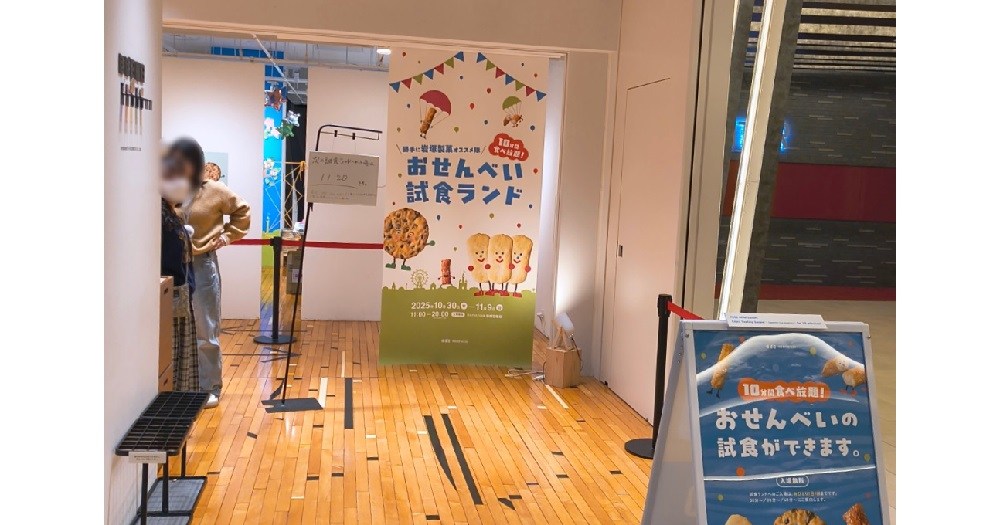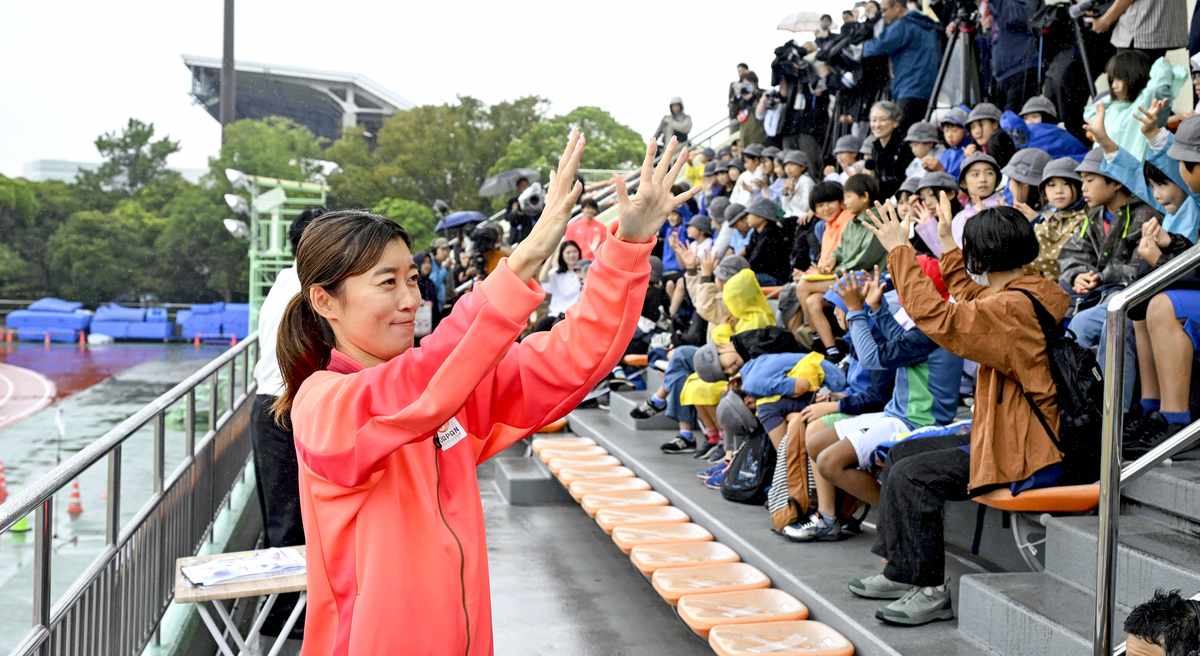The Yomiuri Shimbun
A worker assembles an outdoor unit of an air conditioner at a Daikin Industries Ltd. plant near Houston on Oct. 15.
By Yasuhiro Kobayashi / Yomiuri Shimbun Correspondent
6:00 JST, November 5, 2025
HOUSTON — The third time is the charm for Daikin Industries Ltd. operating in the United States.
After withdrawing from the United States twice, Daikin, the largest air-conditioning equipment manufacturer in the world, has been rapidly expanding in the country in the last 10 years.
Learning from past experiences, the Japanese company has improved productivity and competitiveness by utilizing Japanese-style methods in production and personnel development.
Daikin’s U.S. flagship 2-million-square-meter plant is located near Houston. The plant has 23 production lines, on which workers assemble outdoor units and other equipment. About 10,000 employees work at the plant, producing about 4.7 million air conditioners per year, mainly those used at homes.
Located next to the factory is a facility called the dojo, where experienced workers teach new recruits such techniques as welding and tightening screws. Employees cannot work on production lines until they reach a certain level in proficiency.
“The United States is a society of immigrants and is diverse in terms of languages and cultures,” said Jiro Tomita, an executive vice president of Daikin in charge of the company’s U.S. business.
“It wasn’t easy, but we have attentively conveyed the culture of Japanese manufacturing to workers and instilled a spirit of ‘kaizen’ [meaning continuous improvement].”
Consolidating 4 factories
Daikin had previously expanded to the United States twice, once in 1981 and the other in 1998. However, the Japanese company was forced to withdraw both times after struggling in the market of central air conditioners, a mainstay product in the United States.
Aiming for a third time, Daikin acquired Goodman Global Group Inc., a major U.S. air-conditioning equipment manufacturer, in 2012 for $3.7 billion (about ¥300 billion at that time). The Japanese maker then invested $480 million to consolidate four U.S. factories into the flagship plant to improve production efficiency.
The company also standardized specifications of parts and production lines with those of factories located in other regions, such as Japan and Europe, so it can better respond to parts shortages and equipment failures.
Sales quadrupled
In addition, as the U.S. government gradually strengthened energy-saving regulations, it turned out to be a positive for Daikin, due to the company producing high-performing energy-saving products. In recent years, air-conditioning systems for data centers have performed well, driven by the spread of artificial intelligence.
Buoyed by such tailwinds, Daikin’s U.S. operations generated ¥1.63 trillion in sales in the fiscal year ending March 2025, increasing by 300% compared to 10 years ago. It ranks second in the North American air conditioner market with a 19% share. The Japanese company aims to take the top spot within the next few years.
Daikin’s next challenge is to deal with the high tariff policy of the U.S. government. Tariffs imposed on such items as parts from Thailand are expected to reduce its operating profit, which represents earnings from core business activities, by ¥47 billion in the fiscal year ending March 2026.
Uncertainty also surrounds the outlook for the U.S. economy, pushing the company to urgently improve such aspects as supply chains and production efficiency at factories.





